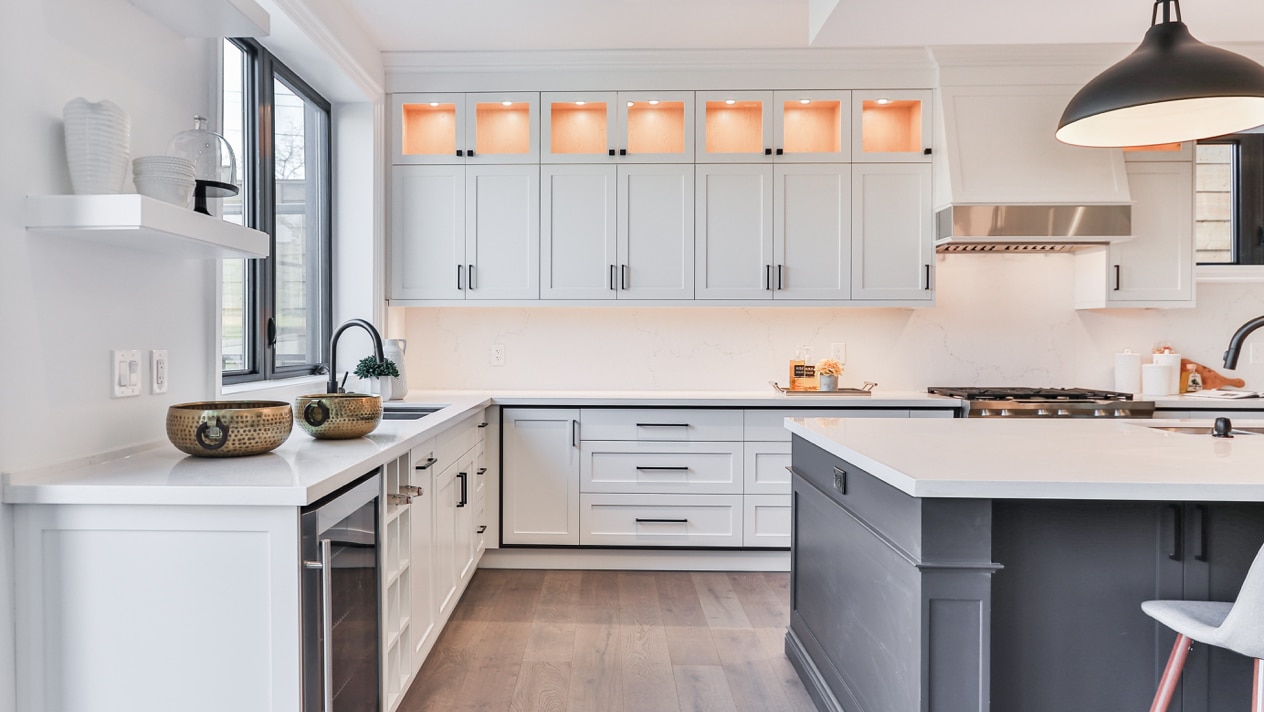- Services
Our Approach
Personalized, in-depth technical guidance on a global scale that helps organizations achieve their digital transformation goals
- Our Approach
- Artificial intelligence
- Development
- Design
- Digital Experience Platform
- Data & Analytics
- Cloud & DevOps
- Security & Compliance
- Support
- Our Approach
- Industries
Our Work
Through our expertise in strategy, design, and engineering, we help clients deliver digital transformation at scale.
- Our Work
- Healthcare
- Financial Services
- Manufacturing
- Agriculture
- Education
- Our Work
- About
About us
For over 20 years, we’ve partnered with companies of all sizes and industries to solve their most complex business problems.
- About us
- Leadership
- Locations
- Events
- News
- About us
- Careers
Join our team
Take your career to the next level. We offer exciting opportunities across every stage of the software development life cycle.
- Join our team
- Open positions
- Application process
- Benefits
- Learning & Development
- Join our team
- Insights
Our insights
Read our latest blogs, watch our recent videos, and browse our library of e-books — all full of insights from our experts.
- Our insights
- Blog
- Videos
- Downloads
- Our insights

